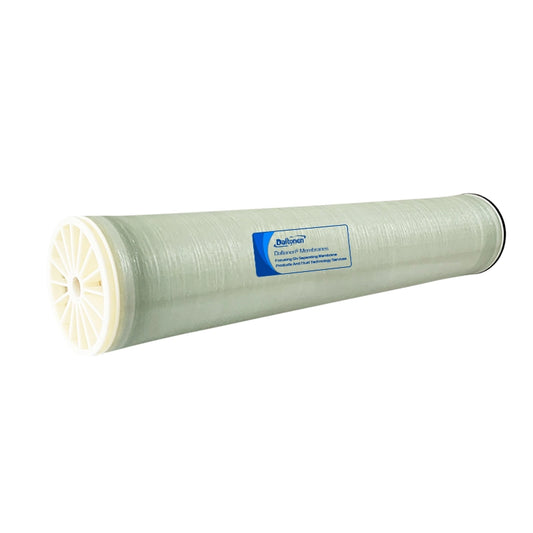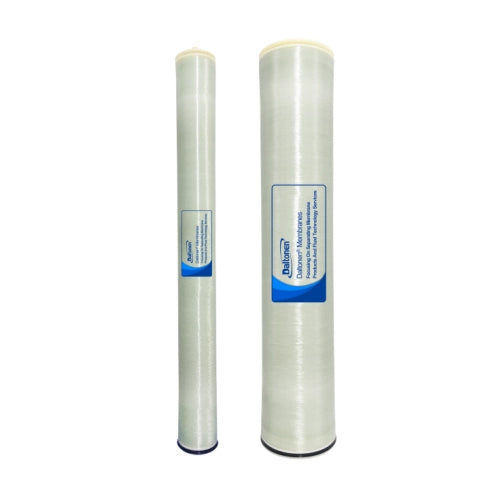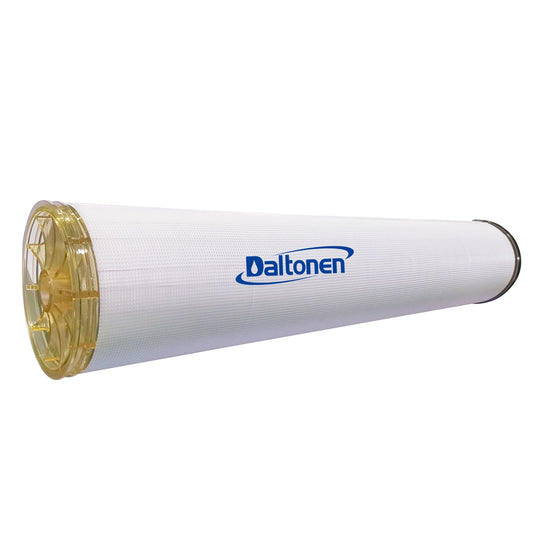Material separation/concentration and purification
Applications of Membrane Separation Technology in Material Separation/Concentration Purification
Membrane separation technology is a novel purification technique that uses membranes to separate solvents (typically water) from solutes or particles. It encompasses various types such as ultrafiltration, microfiltration, nanofiltration, and reverse osmosis. This technology combines separation, concentration, purification, and refining functionalities and is characterized by high efficiency, energy savings, environmental friendliness, molecular-level filtration, and simple process control, making it widely applicable in material separation and concentration purification.
Principles of Membrane Separation Technology in Material Separation/Concentration Purification
Membrane separation technology operates on principles akin to mechanical sieving, driven by pressure to separate solutes from solvents. Solvents (such as water) and low molecular weight solutes pass through membranes with asymmetric pore structures, while large molecular solutes and particles (e.g., proteins, viruses, bacteria, colloids) are retained, achieving the separation, purification, and concentration of products. Operating at ambient temperatures without phase changes, it boasts low energy consumption.
Characteristics of Membrane Separation Technology in Material Separation/Concentration Purification
As a technique for separation, extraction, concentration, purification, and refinement, membrane separation technology offers high separation efficiency, energy conservation, simple processes, broad applicability, and preservation of substance properties. It has been widely adopted across various fields for material separation and concentration purification processes, yielding significant economic and social benefits, and stands as one of the most crucial tools in separation science today.
Applications of Membrane Separation Technology in Material Separation/Concentration Purification
-
Separation of Dextran Membrane separation processes using tailored Dalton membranes achieve the necessary purity and precision in dextran production. The homogeneous sponge-like structure, high membrane filament strength, and exceptional resistance to fouling of membrane products significantly enhance separation efficiency and product yield, ensuring compliance with pharmacopeial requirements.
-
Antibiotic Extraction and Concentration Membrane separation technology has gradually replaced traditional methods in antibiotic extraction, reducing evaporation needs. It effectively removes soluble proteins from antibiotic fermentation broth, addressing issues such as poor antibiotic quality, outdated processes, low extraction rates of active ingredients, poor production environments, and high operating costs, thereby serving as a vital avenue for energy savings and improved economic benefits.
-
Production of Phytase Ceramic membranes are used to filter bacteria from phytase production, resulting in clarification. This filtration significantly enhances phytase quality and recovery rates. With a lifespan of at least three years and ease of maintenance, ceramic membranes ensure production stability, greatly enhancing economic efficiency.
-
Tea Polyphenol Separation Research indicates that while microfiltration membranes have limited initial impurity removal effects on tea polyphenol extracts, ultrafiltration membranes effectively clarify these extracts, achieving high removal rates of solid impurities. Nanofiltration membranes effectively retain organic compounds while allowing inorganic salts to pass through, albeit with lower average flux and retention rates for tea polyphenols. Reverse osmosis membranes provide excellent concentration effects but retain nearly all ions. Dalton membranes can be designed in combination with other purification technologies to improve extract purity.
-
Polysaccharide Extraction and Concentration Membrane separation technology facilitates timely recovery and concentration of polysaccharides, enhancing efficiency. Membrane permeability is closely related to factors such as temperature, pressure, and liquid concentration. Polysaccharide liquids are extracted and concentrated using 50,000 molecular weight cut-off hollow fiber ultrafiltration membranes. The presence of residual sucrose and some inorganic ion molecules in the material falls within the membrane's molecular retention capacity, demonstrating high promotional value.
-
Puerarin Separation Membrane separation technology is employed to purify puerarin, yielding high-purity products and simplifying process routes. Cold concentration also conserves significant energy. Concentration multiples for puerarin solutions can reach nearly 30 times, with tests showing virtually no residual puerarin presence.
These applications highlight the diverse and impactful role of membrane separation technology in enhancing efficiency, quality, and sustainability across various material separation and concentration purification processes.







